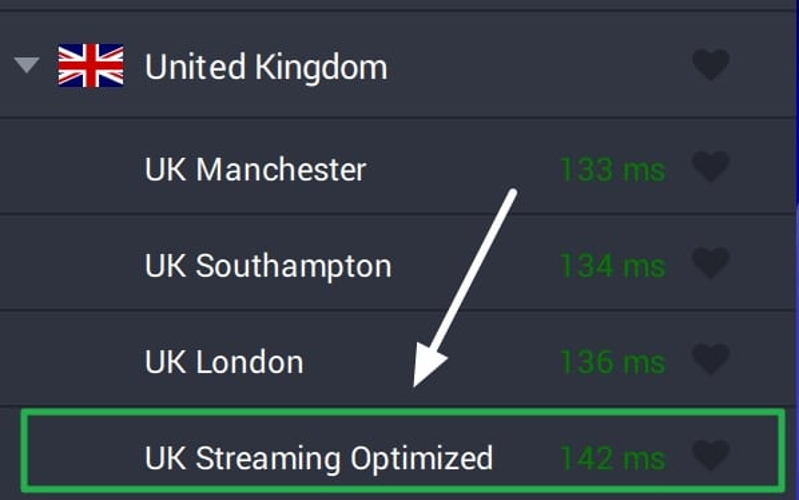In today's rapidly advancing digital landscape, Higher ED IT Asset Management has become essential for universities and colleges looking to maintain operational efficiency and improve the learning experience for students. With technology playing such a critical role in education, managing the hardware and software assets efficiently is crucial to maximizing their lifespan, reducing costs, and ensuring seamless access to resources for students, faculty, and staff. In this article, we will explore the significance of IT asset management in higher education and how it can transform university operations.
What is Higher ED IT Asset Management?
Higher ED IT Asset Management (HE ITAM) refers to the comprehensive process of tracking, managing, and optimizing IT assets within educational institutions. These assets include computers, servers, networking equipment, software applications, and other tech resources that support academic functions and administrative operations.
Effective management of these assets allows institutions to ensure that their technology infrastructure runs smoothly, remain compliant with legal requirements, and make data-driven decisions to enhance the student and faculty experience. This is particularly important as technology continues to evolve rapidly and universities must stay ahead to support modern learning environments.
Why is Higher ED IT Asset Management Important?
- Maximizing Asset Lifespan and Efficiency
One of the key benefits of Higher ED IT Asset Management is that it allows universities to extend the lifecycle of their IT assets. By keeping track of each asset's performance, maintenance schedule, and usage patterns, universities can proactively address potential issues, extend the life of equipment, and ensure that resources are allocated efficiently.
With asset management systems in place, university IT departments can avoid unnecessary replacements, reduce downtime, and better plan for future upgrades.
- Reducing Costs Through Better Resource Allocation
IT costs in higher education can quickly add up, especially when universities are managing a large number of devices, software licenses, and infrastructure. Proper asset management ensures that institutions avoid unnecessary purchasing of new equipment or software licenses. By keeping track of usage, universities can identify underutilized assets and reallocate them as needed.
Additionally, Higher ED IT Asset Management allows institutions to avoid overbuying licenses or equipment. Universities can monitor software usage across campus and adjust licenses accordingly, ensuring they only pay for what they use.
- Ensuring Compliance and Security
In the higher education sector, maintaining compliance with data privacy laws, software licensing agreements, and security regulations is essential. Without proper IT asset management, institutions risk non-compliance, which could result in hefty fines, security breaches, and loss of trust.
By utilizing an asset management system, universities can track software licenses, monitor device usage, and ensure that sensitive information is securely handled. Asset management tools like LabStats help provide visibility into all IT assets, ensuring that institutions stay compliant with industry regulations and protect their data.
- Supporting a Seamless Learning Environment
For both students and faculty, seamless access to technology is crucial. Whether it's accessing the learning management system, using campus computers, or collaborating on group projects, technology needs to function reliably and consistently. Effective IT asset management ensures that devices are up-to-date, available, and in working order when needed.
Additionally, IT asset management tools can assist universities in tracking the availability and usage of public computers, lab equipment, and software, ensuring that there are no delays in access, which directly enhances the learning experience.
- Data-Driven Decision Making
Data is a valuable resource for universities, and Higher ED IT Asset Management systems provide detailed reports and analytics that enable data-driven decision-making. Universities can assess the utilization of IT assets, track performance, and evaluate which assets are underperforming or being overused.
With this information, IT departments can make informed decisions about purchasing new assets, scheduling maintenance, and planning for future infrastructure needs. Analytics tools like LabStats enable universities to visualize how their IT resources are being used, providing actionable insights into optimizing asset utilization.
How LabStats Enhances Higher ED IT Asset Management
LabStats provides a robust solution for Higher ED IT Asset Management by offering comprehensive tracking of software and hardware assets across university campuses. Some key features of LabStats include:
- Real-Time Data Tracking: LabStats tracks the usage of computers, software, and other devices in real time, ensuring that universities can monitor asset performance and usage at any given moment.
- Comprehensive Reporting: The platform generates detailed reports that provide insights into asset utilization, making it easier for IT departments to assess resource allocation and make informed decisions.
- License Management: LabStats helps universities manage software licenses by monitoring usage and ensuring compliance with licensing agreements.
- Seamless Integration: LabStats easily integrates with existing university systems, ensuring that asset management can be streamlined without disrupting other operations.
Conclusion
In an increasingly digital world, Higher ED IT Asset Management is no longer optional—it's a necessity. Universities that implement robust asset management systems can ensure that their technology resources are maximized, costs are minimized, and operations run smoothly. By leveraging tools like LabStats, universities can stay ahead of the curve, improve their decision-making processes, and ultimately provide a better environment for both students and staff.




